Ted Joans
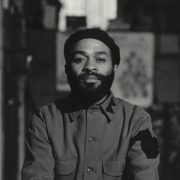

Search for art, find what you are looking for in the museum and much more.

"Thus it is valid to state that the Kamoinge Workshop, while operating within an arena of negation, was primarily forged in an atmosphere of hope and not despair."
—Louis Draper
Welcome to an online presentation of the exhibition Working Together which opened February 2020. More information about the exhibition can be found on the exhibition page. Featured videos include a virtual tour of the exhibition in situ.
Working Together features more than 150 photographs by Richmond-born artist Louis Draper and other members of the Kamoinge Workshop, a photography collective he helped found in 1963. The exhibition includes valuable documents and publications related to the formation of the collective and explores the impact of this remarkable group of African American artists on the history of photography in the latter part of the twentieth century.
In 1963 a group of African American photographers based in New York came together to form the Kamoinge Workshop. Working Together focuses on its first two decades and features the work of fifteen members who joined between 1963 and 1972. They include Anthony Barboza, Adger Cowans, Daniel Dawson, Roy DeCarava, Al Fennar, Ray Francis, Herman Howard, Jimmie Mannas, Herb Randall, Herb Robinson, Beuford Smith, Ming Smith, Shawn Walker, and Calvin Wilson, as well as Louis Draper, a Richmond native, whose archive inspired the exhibition.
The members chose the group’s name, Kamoinge, because it means “a group of people acting and working together” in Gikuyu, the language of the Kikuyu people of Kenya. In the early years, it operated as a formal group that voted on membership and recorded attendance, yet when asked what Kamoinge means to them now, nearly every member from this early period answers with a variation on “family.” While the artists maintained independent photography careers, they met weekly, usually on Sundays, to show each other their work and engage in a lively exchange of ideas. During that time, they organized exhibitions, produced portfolios, and mentored youth.
No exhibition can fully recreate the complexity of such a large and interconnected group; however, Working Together highlights some of the visual dialogues among the members’ photographs, while utilizing archival material to trace the group’s significant exhibitions and publications.
Kamoinge helped to shape a critical era of Black self-determination in the 1960s and 1970s, a period that coincided with a pivotal shift in photography’s wider acceptance as a powerful artistic medium.
Louis Hansel Draper was born on September 24, 1935, in Henrico County, Virginia, just a few miles east of the Richmond city border. He grew up in a close-knit community in Richmond’s East End and attended Virginia State College (now University). During his senior year, he discovered Edward Steichen’s 1955 catalogue for the Museum of Modern Art’s Family of Man exhibition. The book was a revelation and turning point for Draper, convincing him of the power of photography. He moved to New York City in 1957 and studied with W. Eugene Smith, one of the most lauded photojournalists of the time, working as his assistant from 1959 to 1961.
A network of friendships between African American photographers who met in New York grew into two separate groups in the early 1960s: Kamoinge and Group 35. Draper attended both, and in 1963 they merged to form the Kamoinge Workshop. As a community and as an ideal, Kamoinge was inextricably linked to Draper’s identity and work for the rest of his life.
Draper played a key role in shaping the collective by articulating its early vision in writing. His poems frame Kamoinge’s two portfolios and he wrote various histories of the group. The concept for this exhibition emerged from the wealth of Draper’s archive of photographs, related manuscripts, and materials. In the spirit of Kamoinge, several other members—especially Shawn Walker, Beuford Smith, and Anthony Barboza—opened their own extensive archives to provide valuable material and context about the group’s early years.
In 2015 VMFA acquired Draper’s complete archive from his sister, Nell Draper-Winston. The archive consists of more than 6,600 items (representing more than 50,000 images), including photographs, negatives, contact sheets, slides, computer disks, audiovisual materials, and camera equipment, as well as valuable documents and publications, which include significant materials about the formation and early years of the Kamoinge Workshop. Thanks to a generous grant from the National Endowment for the Humanities, the Draper archive is now completely catalogued, digitized, and available online.
Explore the archive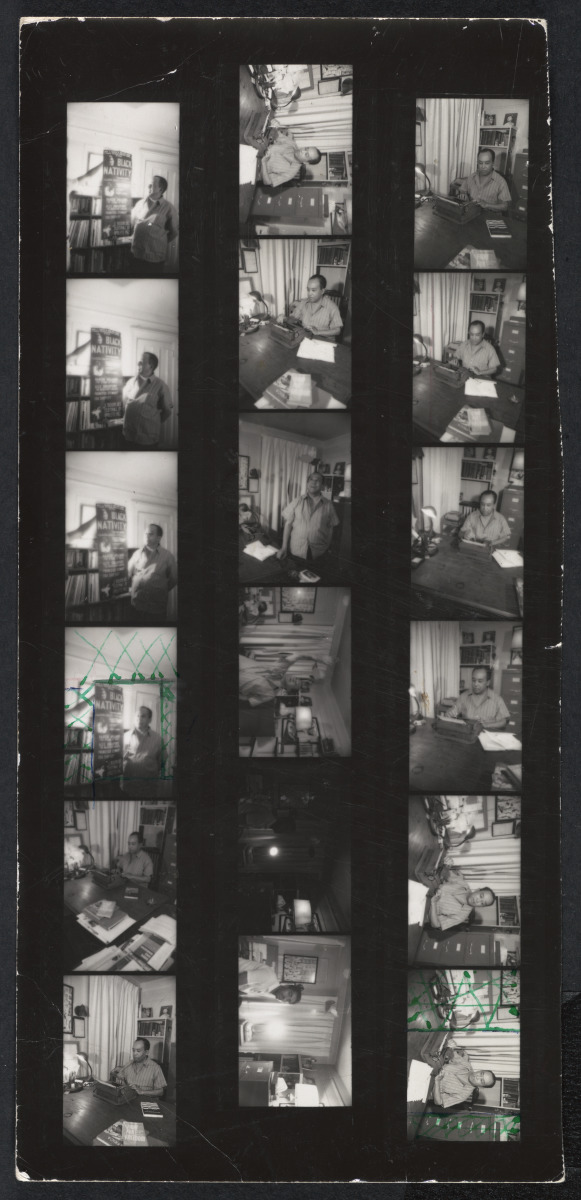 Contact sheet from photoshoot with Langston Hughes, before 1967, Louis H. Draper (American, 1935-2002). Virginia Museum of Fine Arts Archives; Acquired from the Louis H. Draper Preservation Trust with the Arthur and Margaret Glasgow Endowment Fund. Image © Louis H. Draper Preservation Trust
Contact sheet from photoshoot with Langston Hughes, before 1967, Louis H. Draper (American, 1935-2002). Virginia Museum of Fine Arts Archives; Acquired from the Louis H. Draper Preservation Trust with the Arthur and Margaret Glasgow Endowment Fund. Image © Louis H. Draper Preservation Trust Roy DeCarava’s photographs in the 1955 book The Sweet Flypaper of Life, which he made in collaboration with the poet Langston Hughes, was a touchstone for Kamoinge members. Beyond their aesthetic influence, the book’s photographs expressed DeCarava’s commitment to making images of the African American community.
In 1952 DeCarava received a Guggenheim fellowship that provided a year’s leave from his job to dedicate to photography. DeCarava said he wanted to take photographs that communicated “the strength, the wisdom, the dignity” of African Americans in Harlem, offering “the kind of penetrating insight and understanding” only an African American photographer could provide. DeCarava’s vision guided the collective’s early conversations about its shared identity. He was invited to serve as Kamoinge’s first president in 1963, a role he filled until he left the group in June 1965.
View The Sweet Flypaper of Life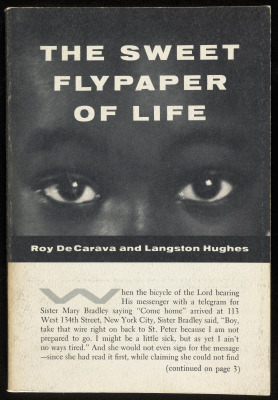
In the summer of 1964, some of the Kamoinge members who lived in Harlem documented the aftermath of the July riots. Roy DeCarava, on assignment for Newsweek, posed Walker, Francis, and Draper for a close-up, which became the cover of the magazine’s August 3, 1964, issue headlined “Harlem: Hatred on the Streets.” In 1995, Draper recalled:
We were caught up in the riots in very strange ways. This picture (you’re seeing) is supposedly of three angry revolutionaries. Harlem was so dangerous at the time that most of the photographers who would normally do this, mainly the white photographers, didn’t want to come up to make photographs of what was going on. Reluctantly Newsweek hired Roy DeCarava. They needed a cover. Roy knew that we would do it for him. He asked us to sit and look angry for him. We were having a ball. It was a hot, muggy day and we were kidding around until the white art director chided. “You boys don’t look angry enough.” We got pissed and Roy got his picture.
In 1971, Essence magazine sent Draper on assignment to Mississippi to photograph civil rights activist Fannie Lou Hamer. Known for fearlessness and strength in the midst of violence and intimidation, Hamer had been arrested and severely beaten by police in 1963 for her work on voter registration drives. She gained national attention when she returned to her activism in the mid-1960s, and this portrait visually distills her voice. To see the entire article, click on the Essence magazine cover below.
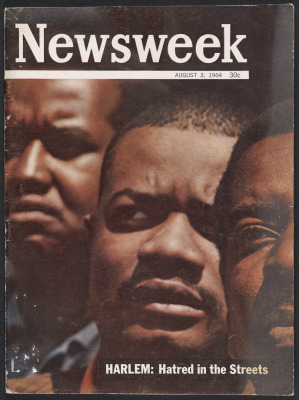
Although the Kamoinge Workshop’s membership remained static for over twenty years, it engaged a broader community of Black photographers throughout its history. The Black Photographers Annual and the International Black Photographers both illustrate the ways in which Kamoinge honored the generation of photographers who preceded them and encouraged the younger group of photographers emerging around them.
After major exhibitions at the Studio Museum in Harlem in 1972 and the International Center for Photography in 1975, they did not organize Kamoinge Workshop exhibitions or produce publications again until the mid-1990s. The group never disbanded, and the members maintained close, supportive relationships throughout these years. They resumed formal meetings again in 1992, applied for nonprofit status, and renamed themselves Kamoinge, Inc. The influx of more members brought new energy and renewed discussion about the group’s purpose and direction, signaling a different era for its identity. Kamoinge, Inc. carries on the legacy of the Kamoinge Workshop and currently has more than thirty members who continue to meet regularly and organize exhibitions, among other projects.
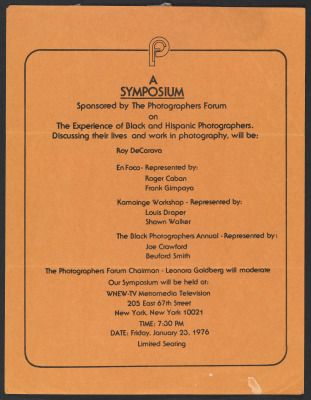
Founded by Beuford Smith and published by Joe Crawford, the first volume of The Black Photographers Annual came out in 1973, followed by three more volumes in 1974, 1976, and 1980. The majority of the picture editors for the Annual were Kamoinge members; however, the 118 artists featured throughout its four volumes far exceeded the boundaries of the collective. The idea for the project had emerged from a decade of conversations within Kamoinge about expanding opportunities for African American photographers.
In these five photographs, Barboza documented Joe Crawford, Beuford Smith, Louis Draper, Ray Francis, Shawn Walker, and Vance Allen as they put together the first volume.
The editors invited author Toni Morrison, already well known for her first novel, The Bluest Eye, to write a brief forward, where she succinctly outlined the new publication’s purpose:
It was conceived as a commitment to the community of Black artists, executed as a glorious display of their craft and their perception. . . . There is no higher praise for any project than that it is rare, true, and free. And isn’t that what art is all about? And isn’t that what we are all about?
Read more about the Black Photographers Annual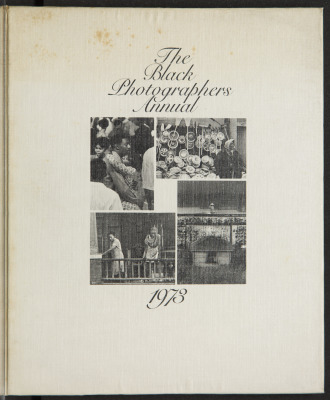
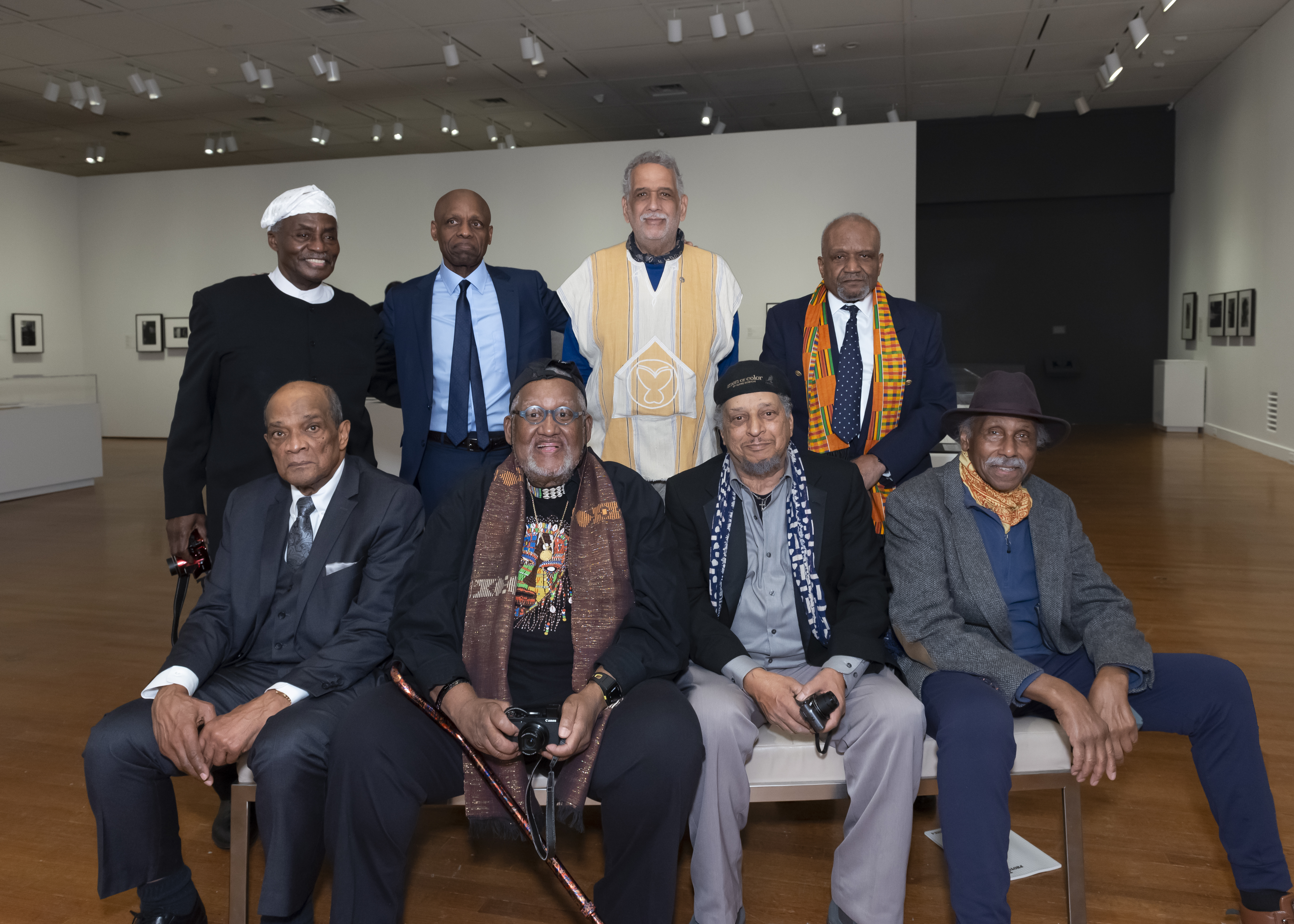
Opening Reception for Working Together: Louis Draper and the Kamoinge Workshop, January 29, 2020
Top row, left to Right: James Mannas, Herb Robinson, C. Daniel Dawson, Beuford Smith
Bottom row, left to right: Herb Randall, Shawn Walker, Anthony Barboza, Adger Cowans
Photograph by David Stover, © VMFA
Working Together: Louis Draper and the Kamoinge Workshop, by Sarah L. Eckhardt, preface by Deborah Willis, with additional essays by Erina Duganne, Romi Crawford, John Edwin Mason, and Bill Gaskins
Reflections in Black: A History of Black Photographers 1840 to the Present, by Deborah Willis
The Self in Black and White: Race and Subjectivity in Postwar American Photography, by Erina Duganne
The Sweet Breath of Life, by Ntozake Shange, Frank Stewart, and Kamoinge, Inc.
The Black Woman: Power and Grace, by Kamoinge, Inc.
Timeless, edited by Anthony Barboza and Herb Robinson
Soul of a Nation: Art in the Age of Black Power, edited by Mark Godfrey and Zoé Whitley